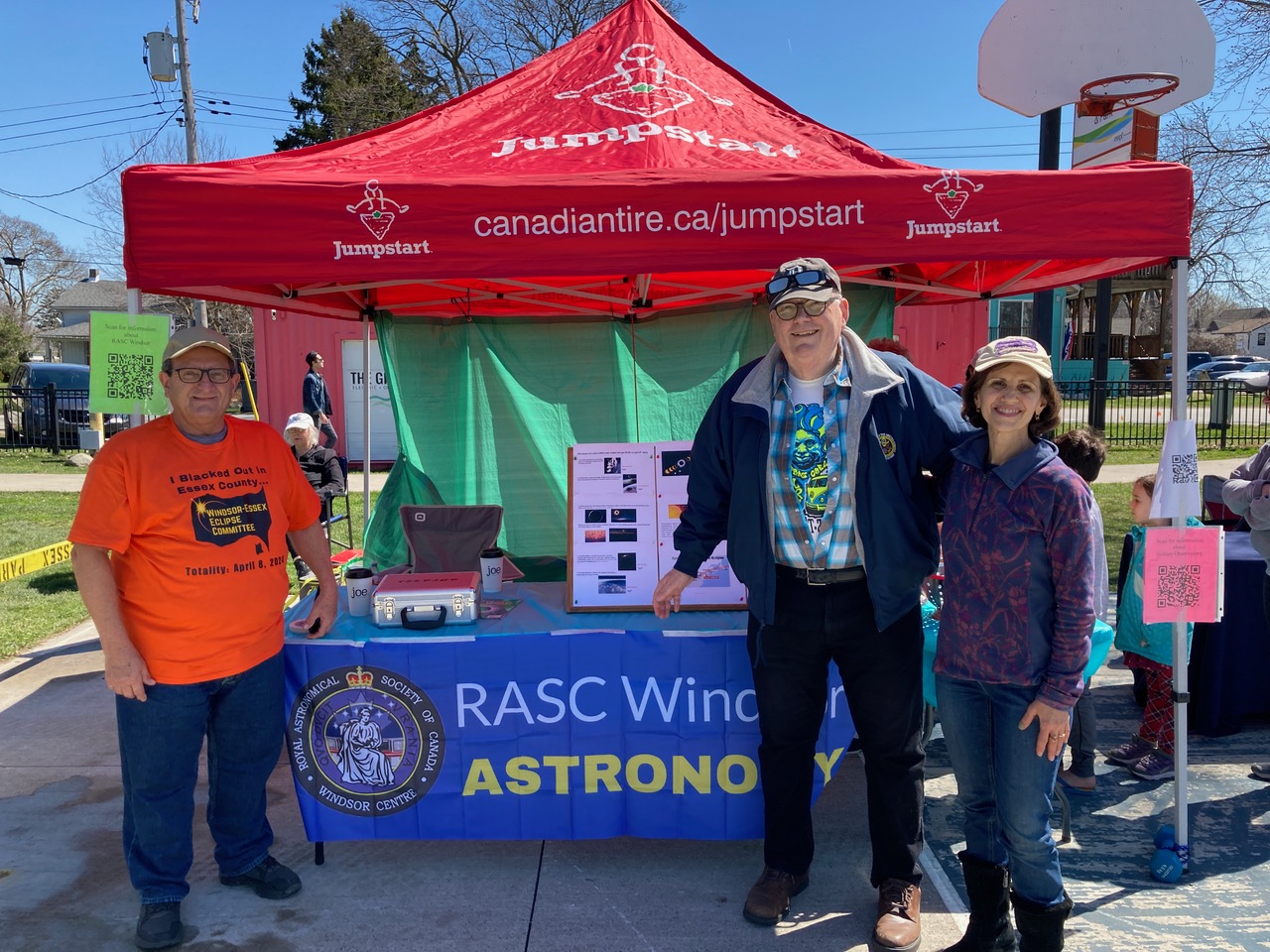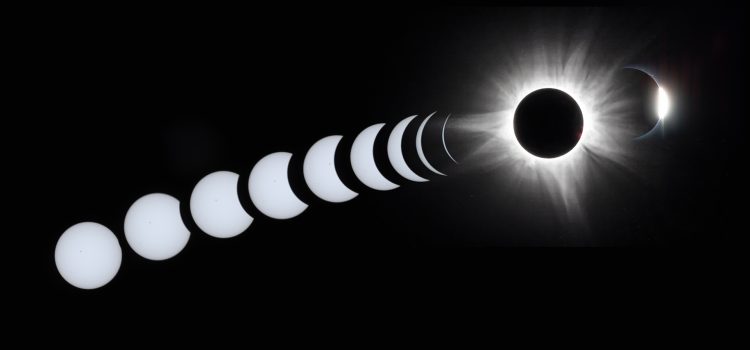What else can I write about or even talk about other than that celestial event that took place on April 8? I had seen the 1979 eclipse in Manitoba and the 2017 eclipse in Oregon. After 2017, all us eclipse
President’s Message – April 2024



Eclipse Photos by members Reports from our members Southern Ontario – Chris Gainor – blog “…we drove south from Windsor through Amherstberg into the path of totality. Many eclipse chasers in the area were already arriving in Point Pelee Park…we
Meeting transcript video Super PupZ kids’ series – David Lee Netflix series shot on southern Vancouver Island, including the Plaskett observatory Dave Balum an advisor for the series Astronomy Day – May 7th – David Lee Our first in-person event for the last
A new sunspot! There is a new sunspot on the Sun after three months of being spotless! Both Bill Weir and Joe Carr captured this apparition. More info on SpaceWeather.com for June 6, 2020. Golden Week of Webinars in Astrophysics